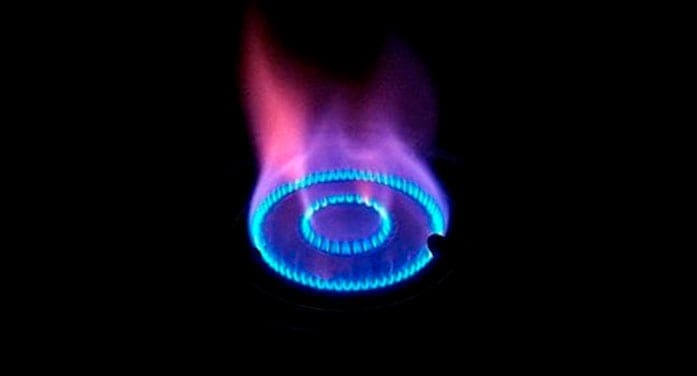 Canada’s planned liquefied natural gas export project is a huge boost for the economy and the environment.
Canada’s planned liquefied natural gas export project is a huge boost for the economy and the environment.
The consortium of large multinational firms (Shell, PetroChina, Petronas of Malaysia, Korea Gas, Mitsubishi) that owns part of the LNG Canada project to be built on the northwest coast of British Columbia recently announced that contracts have been signed for construction work camps.
Detailed engineering contracts were awarded in April. TransCanada Corp. is to construct the 670 km pipeline to bring northeast B.C. and northwest Alberta gas to the Kitimat site.
The entire project will cost about $40 billion. Some of it will be spent on specialized processing units, some of them very large, which Canada doesn’t have the capacity to build. But a lot of that money will be spent in B.C., Alberta and the rest of Canada, on wages for Canadian workers and supplies and services from Canadian firms. This will be a major infusion into local and regional economies.
The initial capacity will be two trains each cooling and compressing 6.5 megatonnes of natural gas annually, or a total of 272 million gigajoules (GJ) each, a total of 1.57 million GJ or 1.57 million mcf (thousand cubic feet) daily. There’s potential to add two more trains of similar capacity each.
This significant volume will help serve East Asia, the final destination for LNG Canada’s output. According to oilprice.com, liquefied natural gas prices spiked at US$11.60 per MBtu (roughly equal to a GJ), or about C$15. As shareholdersuite.com estimates it costs about US$2.15 to liquefy, to re-gasify on the other end, and to ship the LNG 7,000 kilometres to Japan, that leaves about US$9.45 in sales price, or C$12, which is about nine times the dismal $1.40 to $1.70 range being received this year.
Even if the LNG price in Asia sags again, to the US$8 it was a few years ago, Canadian gas could still, theoretically, net close to C$6 per GJ, MBtu or mcf. This is important not just to Canadian oil and gas producers, pipeline companies, LNG Canada, and their employees and shareholders, but to all Canadians, especially those who are environmentally conscious. Consumers will still pay low prices.
Natural gas is rapidly displacing coal as an electric power generation fuel. Coal is by far the dirtiest major fuel on the planet (save wood, dung and garbage), and a huge source of pollution and ash waste in China, India and other developing nations. Many more coal-burning plants are planned for those places, as there has been little commercial alternative – until now. These coal-burning plants are not just a health hazard, they’re the largest single source of the main greenhouse gas: carbon dioxide (CO2).
Hydraulic fracturing (fracking) and horizontal drilling, along with other advances, have brought shale formations with huge reserves of natural gas and liquid petroleum to commercial viability in the United States, Canada and, preliminarily, in Argentina, China and elsewhere. The U.S. is already shipping from Pacific, Gulf and, soon, Atlantic LNG terminals.
Canada has been very late to fully capitalize on the potential, based on export prices that are quadruple or more than domestic, and given the desperate demand for clean fuel.
The cash generated from freeing the gas bottled up in Canada will put producers in a better bargaining position with Canadian and U.S. buyers, too.
And since it will become more valuable, less gas will be flared off or leaked, reducing greenhouse emissions further (methane, natural gas, is 30 times more potent in greenhouse terms than CO2 is).
Increased use of abundant (we have hundreds of years of reserves) natural gas in power, transportation, and as a flexible fuel for backup power generation for wind and solar, will displace more coal and eventually oil.
Canada’s regulatory and structural obstacles to LNG development have, optimistically, run their course.
Clean energy, and benefits for all, beckon.
Ian Madsen is a senior policy analyst with the Frontier Centre for Public Policy.
The views, opinions and positions expressed by columnists and contributors are the author’s alone. They do not inherently or expressly reflect the views, opinions and/or positions of our publication.


